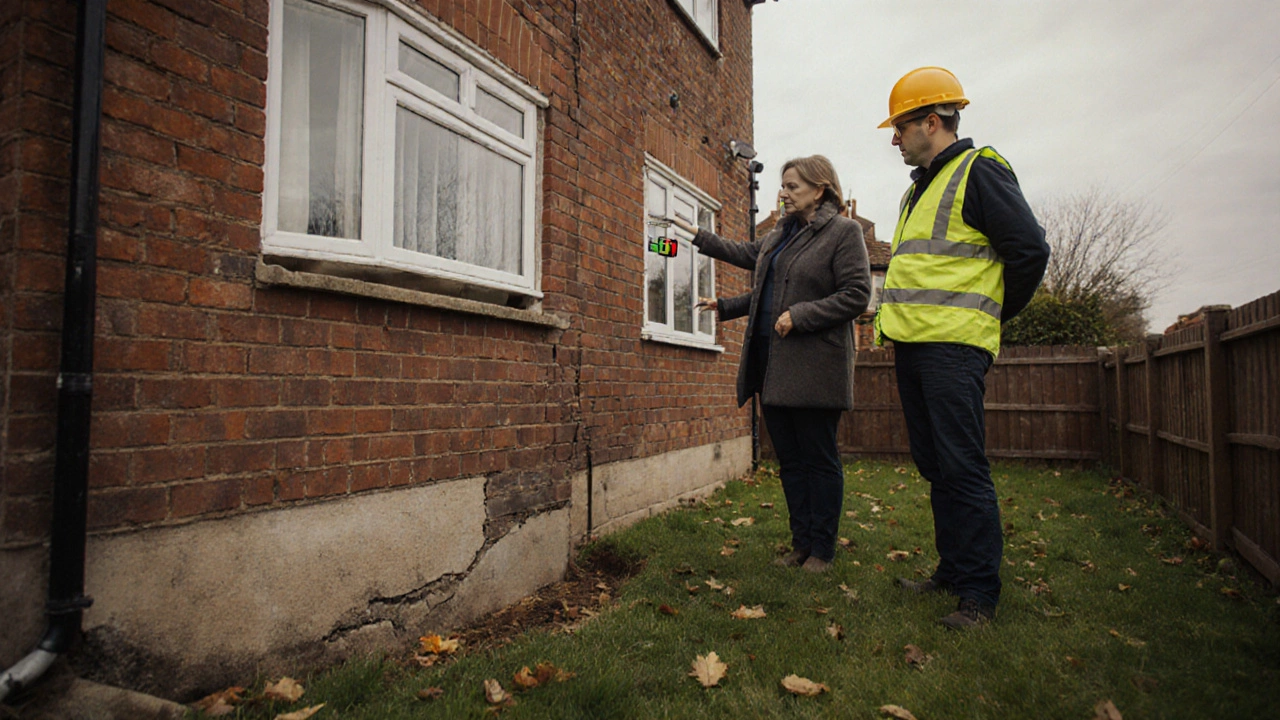Buying a Home: What You Need to Know Before You Sign
Thinking about getting a house? Whether you’re eyeing a ready‑made property or planning to build from scratch, the first step is to know your budget inside out. Start by adding up the deposit, mortgage payments, stamp duty, and any moving costs. Then throw in a safety net for unexpected fees – a solid budget will keep the stress level low and the decisions clear.
Build vs Buy – Which Saves You More?
In the UK, building a house can be cheaper than buying an existing one, but only if you manage the project well. Look at the latest cost breakdowns for 2025: land prices, foundation work, and finishing touches. A new build lets you choose materials, avoid hidden repairs, and get modern energy standards. On the flip side, buying saves time – you walk into a finished home and avoid the hassle of planning permission and construction delays.
Before you decide, compare the total cost per square metre for both routes. Use a simple spreadsheet: list the land price, foundation, walls, roof, interiors, and add a 10% contingency for the build. For a purchase, list the asking price, survey fees, legal costs, and expected renovation work. The option with the lower total usually wins, but also think about your timeline and how much control you want over the design.
Common Pitfalls and How to Dodge Them
One of the biggest mistakes is ignoring foundation issues. Small cracks can signal serious problems that cost thousands to fix later. When viewing a house, measure any cracks – anything wider than 0.3 mm should be checked by a structural engineer. For new builds, ask the builder about the cement mix they use; hydraulic cement is often the safest choice for lasting strength.
Another trap is underestimating planning permission limits. In most UK areas, you can extend your house without a full application, but there are strict size caps. If you plan a garden room or a bigger conservatory, make sure the dimensions stay within permitted development rules to avoid costly legal steps.
Don’t forget insurance. Many home policies exclude foundation damage, so read the fine print and ask for a rider if you’re in an area prone to subsidence. A small extra premium now can save a huge out‑of‑pocket bill later.
Finally, negotiate everything. Whether it’s the price of a listed property or the rate of a builder, a bit of back‑and‑forth can shave off a few thousand pounds. Prepare by knowing the market rates for similar homes in your neighbourhood and be ready to walk away if the seller won’t budge.
In short, buying a home is a mix of numbers, timing, and smart risk management. Keep your budget realistic, compare build‑vs‑buy costs carefully, check the foundation, respect planning limits, and protect yourself with the right insurance. Follow these steps and you’ll move into a house that feels right – without nasty surprises later.

